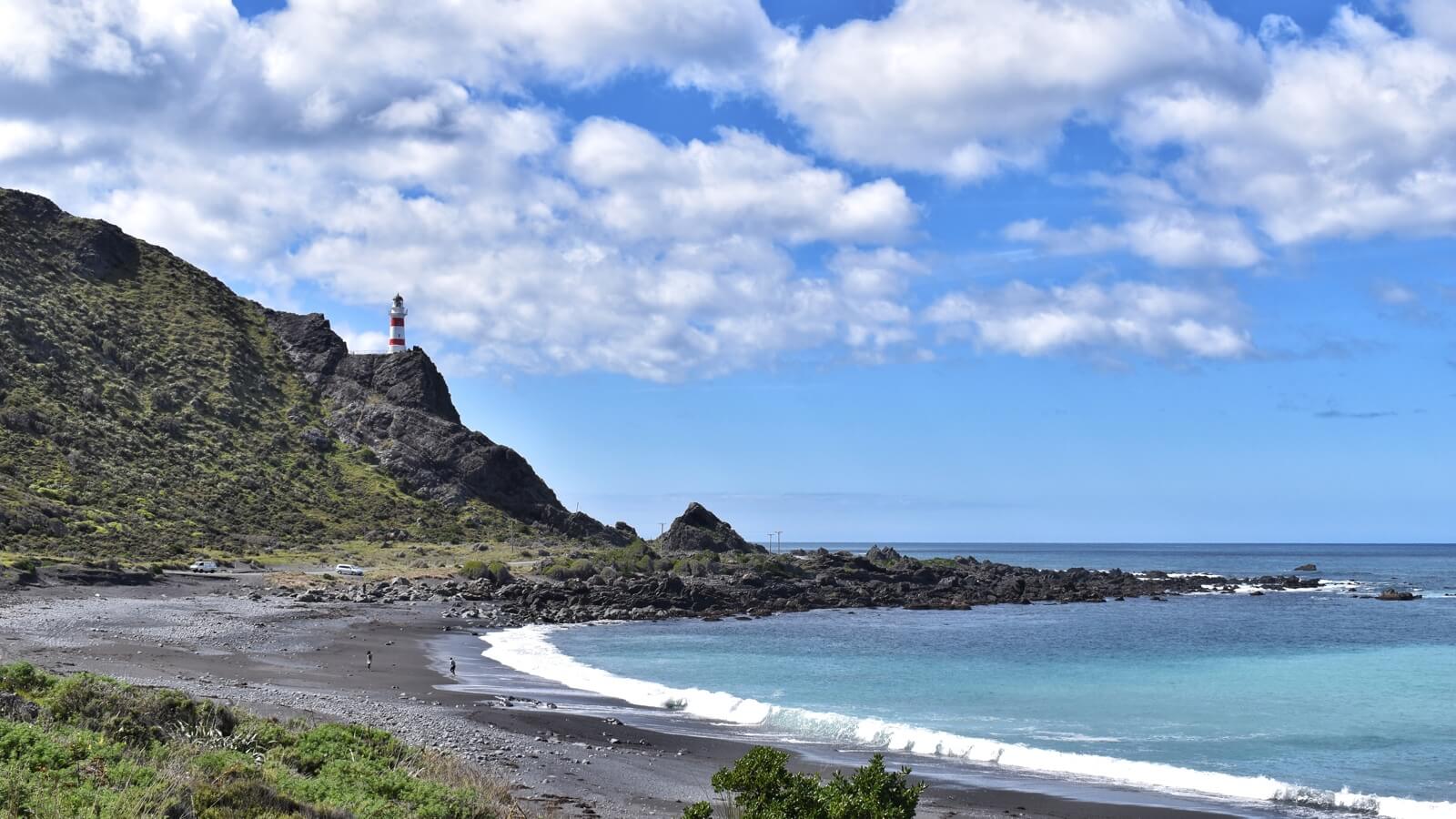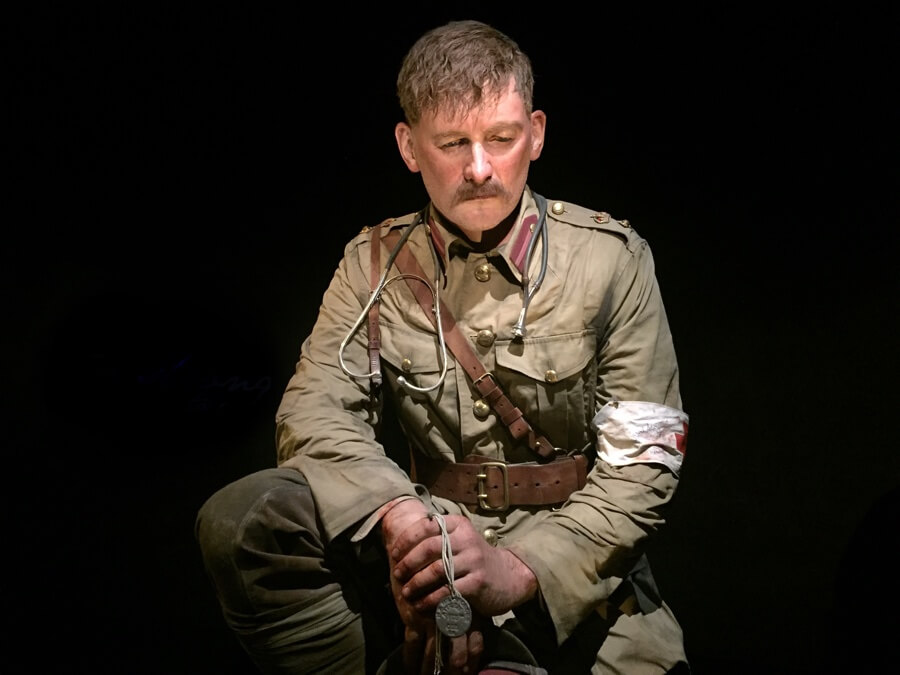Having spent the last four or so years in London, we didn't think navigating the cities of New Zealand would be a problem. But a few weeks of camper life was enough to make us feel pretty overwhelmed when we drove into Wellington.
So many people! Other cars! No parking! Thankfully, we were welcomed by family of our friend Steve. They had never met us before but suddenly we found ourselves staying in a real house, with dinner parties, tours through the city and evenings out. We became so clean and well-rested that it may be tricky to readjust to our camper life.
Wellington as a city is not that big, but quite spread out. There is a central business district with high buildings and shops, some beaches, and then a lot of houses on the hills around. It is notorious for wind and rain, which when combined with the fact that the city is very hilly means that the city doesn't use wheely bins because they would all just blow away and roll down to the lowest point to wait for the garbage collection. Driving into the wrong street can lead to a roller coaster-like experience, and leave you hoping that you properly secured everything in the camper van.

The surroundings are also beautiful, as we noticed on a day trip along the coast. We drove down to the Southern most point of the North Island, where there is a large active lighthouse. It was a clear day and we could see the snowy mountain tops of the South Island floating in the distance. Our main attraction of the day were the Putangirua Pinnacles. This is a rock formation formed by constant erosion and rain, leading to a collection of very long pillars that you can walk through. The erosion seems to still be going on: the rocks are very soft to the touch and crumble when you try to hold on to them. The approach to the formation is a bit annoying, through a riverbed of loose rocks. The upside was that a family just behind us gave up, which gave us a lot of time alone in the surreal environment.

Wellington specialises in surreal situations, since it is also the home of Weta Studios, makers of special effects and costumes for movies including the Lord of the Rings. We went on a tour where one of the artists in the studio told us all about how his job is cooler than ours. They make swords, helmets, and chainmail but also scale models of situations for special effects. Through the years they have branched out from making everything by hand to mass production of props, digital effects and post production. We learned about the smoke and mirrors of filmmaking: how they make real-looking foam swords so that they are not too heavy, how they need to put the hairs on model people in one by one and how they 3D print the bodies of American actresses so they don't need to fly in for a fitting. Walking out of the studios back into an otherwise unremarkable suburb was a bit of a shock.
Weta's work is not only sent to Hollywood but can also be found all over the city. Peter Jackson is apparently a great collector of war memorabilia, and the team went all out on exhibitions around the 100 year commemorations of the First World War (or as the Dutch call it: ’The One We Successfully Stayed Out Of’). We went to a collection called Gallipoli in the Te Papa museum, all about a trench warfare in coastal Turkey, which is where army contingents from New Zealand and Australia got stuck for eight months trying to march to Istanbul. The exhibition uses models of people that are scaled up to be much larger than life, but remain incredibly lifelike, down to the veins and pores in their skins. We looked at more models and dioramas at the Great War exhibition, where there was some more general introduction about what lead to the Great War, but also a lot of coloured photographs and an enormous scale model of the Gallipoli campaign.

The last great attraction in Wellington is the crossing to the South Island, which goes through the landscape of Marlborough sound. A sound is like a fjord, but one that was formed by river rather than glacial erosion. The boat itself is quite expensive but has very comfortable seating. So comfortable in fact that, along with the rocking motions of the ship, it put a lot of people to sleep very quickly. We managed to pull ourselves together to look at the last bit of the journey, where the ferry has to navigate through the intricate coastline to get to Picton.
This marks the end of the beginning of our trip! We are taking it easy until the rainy weather clears up and will then start exploring the more mountainous South Island. Stay tuned for more news on hikes, climbs, and public toilets.